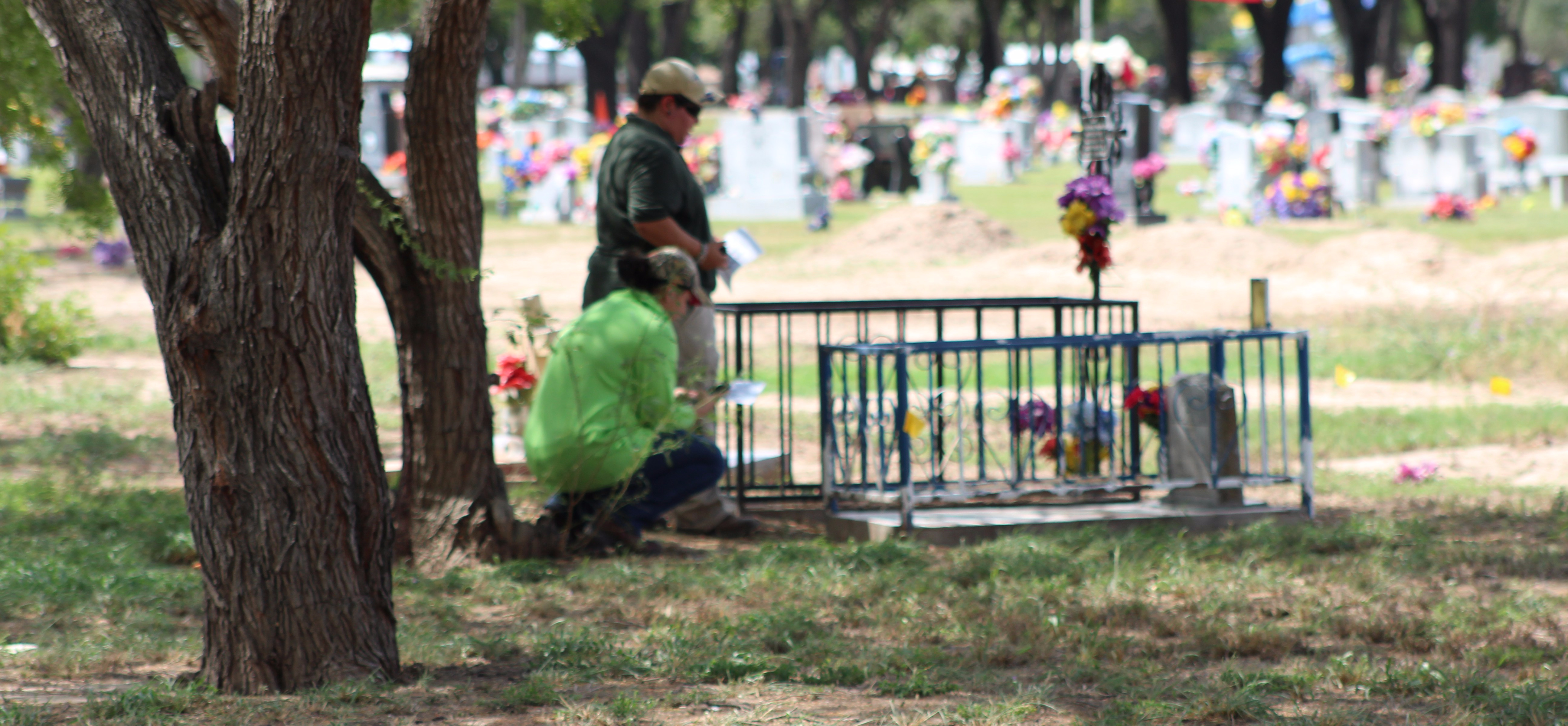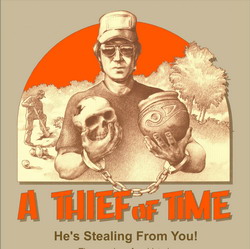Jameson and McGhee differ in their approach to involving the communities that they are in contact with when doing research. Jameson seeks to “arm the public” with the historically accurate knowledge and to help the public understand the truth about cultures who Hollywood and the media has inaccurately represented by ” over sensationalizing depicions of tresure hunts (Indiana Jones) ” . But Jameson also states that the media is not inherintly bad and should be used as a teaching tool “convey archeological information “We can no longer be detached from the mechanisms that convey archeological information to the public” (Jameson Pg 158). McGhee is different his Participant action research (PAR) approach which seeks to directly involve the public in the research that is being conducted and to include cultural information in identifying and interpreting the archeological record with the ultimate goal being the betterment of the coomunity. One example of the is NAGPRA which through the combined efforts of both archeologists and native tribes have successfully returned the remains of many to their people. Our project would probably fall under this category even more so if we manage to get more community support. Despite this both Jameson and McGhees would be considered highly outside the norm few years ago McGhee more so. Through out its history it has always been only archeologist more specifically the professionally trained archeologists the have interpreted the archeological record with very little input from the local communities “The would probably also object to the notion that ingenious forms of knowledge and understanding should have equal or near-equal standing to .the positive epistemologies employed by properly trained archeologists.”(McGhee pg 214). Even now archeologists will quickly dismissed the information given to them by the native peoples . Another controversy is both Jameson and McGhee involving themselves with the public and the political I’m pact that it causes . Both Jameson and McGhee agree that archeologist can no longer be distant but must start both involving and informing the community actively not only relying to published articles.
To some archeologist this is a breech of ethics in which PAR makes the “Researcher” subordinate themselves to the governments of the communities. Such as wheat happen in private archeology when archeologists are given free reign over the area despite what locals want in the interest of business.
But I believe that by involving communities , researchers can hopefully disprove the many misconceptions about these peoples histories portrayed by both the media and past anthropologist in order to be truly ethical and inform people of the truth. Both McGhee and Jameson where as ethical as a researcher can be when involving humans both seek to inform and involve locals in their research only in different ways. In going forward in our own project I believe that its paramount that we keep the community informed about what exactly our research in tells especially since we are not working with inanimate objects but the graves of loved ones. We as researchers must be willing to accept help and information from the community and in turn do our best to not only inform but to better the community as a whole through our project.

